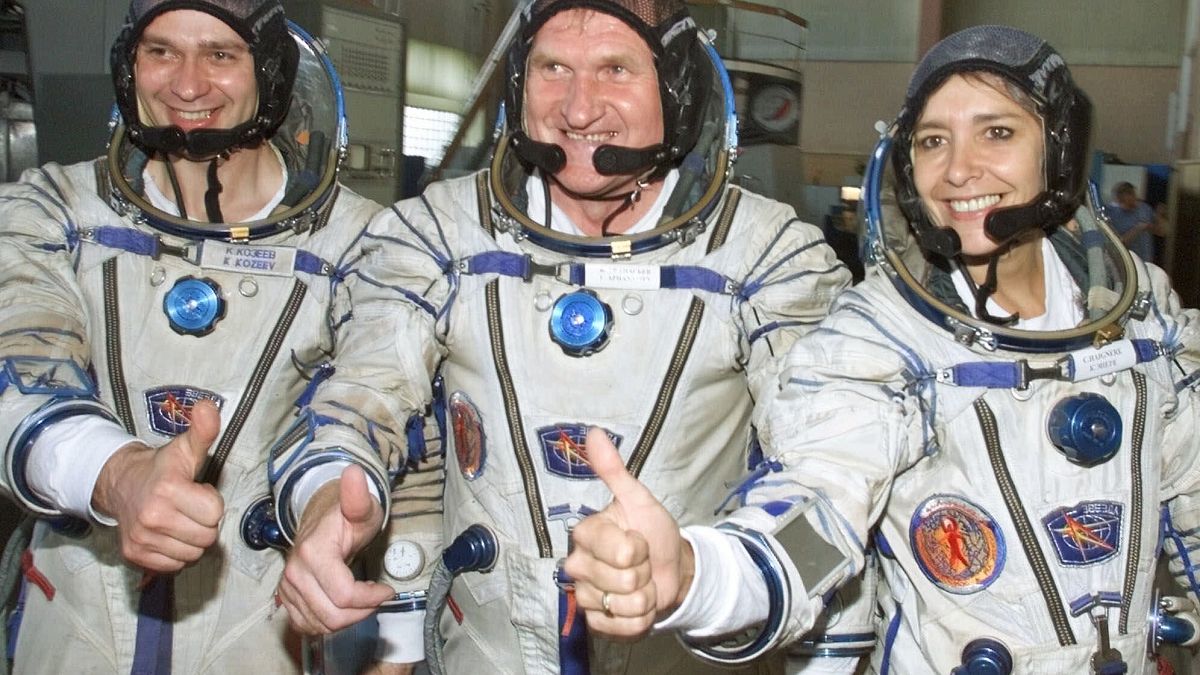The European Space Agency is holding its first recruitment drive in 11 years and is highlighting its desire to achieve greater diversity.
The European Space Agency is holding its first recruitment drive in 11 years and is highlighting its desire to achieve greater diversity.
The European equivalent of NASA is seeking to recruit more women astronauts this year, as well as people with disabilities who have always dreamed of going into space.
"We are looking towards the Moon ... and Mars. We need very excellent astronauts for the future," said the ESA’s Director General Jan Worner. "To go farther than we ever have before, we need to look wider than we ever have before."
Only 65 of the more than 560 people who have ever gone into space have been women. Of those 65 women, 51 were American. The ESA has sent only two women into space — Claudie Haigneré and Samantha Cristoforetti — and is now trying to redress the imbalance.
The European agency says the "time has come" to put disabled people into space as part of an initiative called the Parastronaut Feasibility Project. According to the ESA, it’s the first time that a space agency anywhere has opened the application process up to people with disabilities.
"Representing all parts of our society is a concern that we take very seriously," said David Parker, the agency’s Human and Robotic Exploration Director. "Diversity at ESA should not only address the origin, age, background or gender of our astronauts, but also perhaps physical disabilities."
The ESA worked with the International Paralympics Committee to categorise the different kinds and degrees or impairments and establish a list of eligible impairments.
"Red" impairments mean that the kind or level of disability is unfortunately not compatible with tasks astronauts carry out. "Yellow" mean they can become compatible with some adjustments, modifications or innovations, while "green" indicate they are compatible with the tasks.
British astronaut Tim Peake welcomed the approach, saying it "will hopefully change the landscape" so that people from diverse backgrounds "will see that actually there is an opportunity here to become part of Europe’s new space pioneers".
The application process, agency officials say, will take some 18 months, before a handful of successful astronauts will be chosen.
The ESA is seeking candidates with a Master's degree or higher and a minimum of three years experience in natural sciences, medicine, engineering, mathematics and computer sciences.
They will be subjected to psychological test series, practical and psychometric testing, a medical selection and two rounds of interviews. The appointments are to be announced in October 2022.
